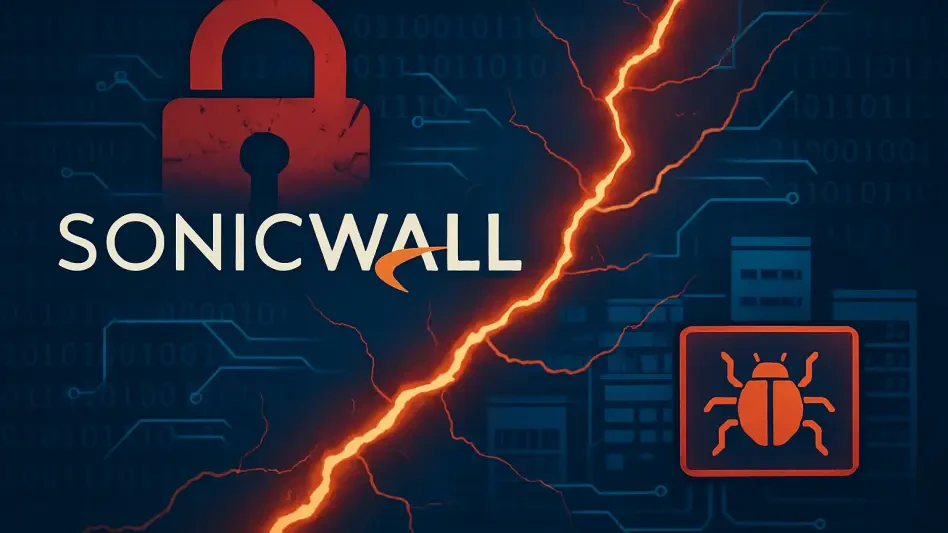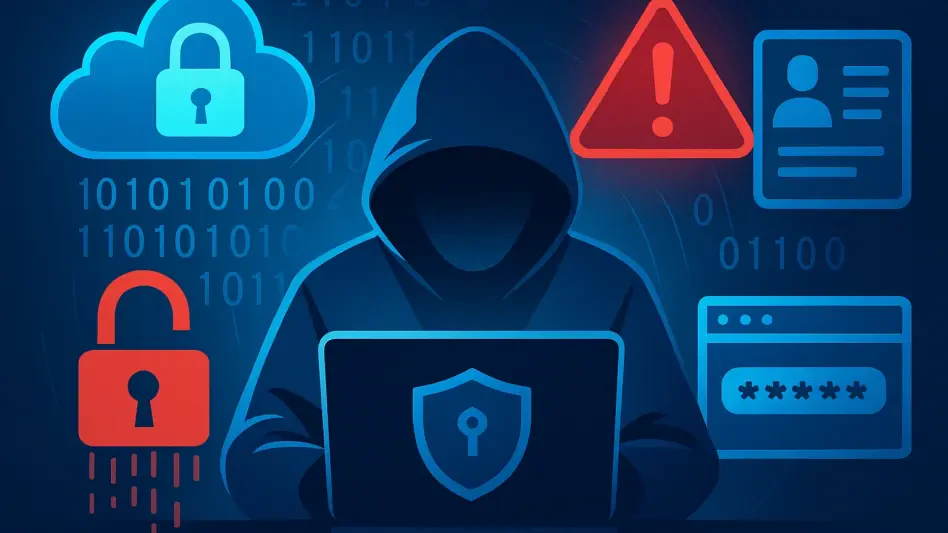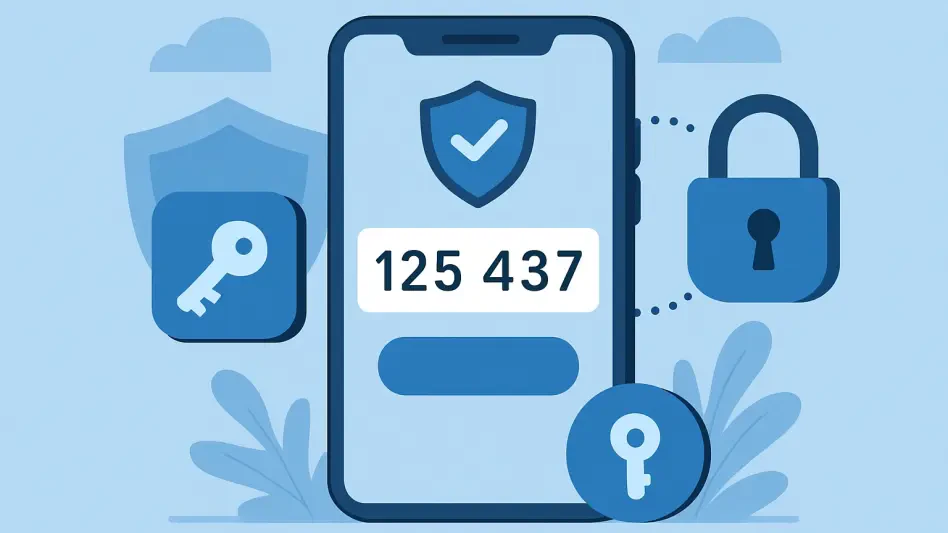In today’s digital landscape, cybercriminal tactics are undergoing a significant transformation, with credential theft increasingly becoming a prominent method for gaining unauthorized access to systems. This shift from traditional hacking techniques to stealing login information marks a stark departure from the days when brute-force attacks dominated the cybersecurity threat landscape. Now, approximately one-third of cyber attacks are exploiting login credential theft, highlighting a sophisticated evolution in cyber threats. Cybercriminals have turned valid account credentials into primary access points as commonly as using public-facing application vulnerabilities, underscoring a growing trend that demands new strategies in cybersecurity defenses. The prevalence of credential harvesting in 28% of global incidents illustrates how these tactics have become the dominant impact faced by organizations worldwide. By obtaining valid credentials, attackers can effortlessly bypass standard security measures, posing distinct detection challenges and threats to businesses and individuals alike.
Surge in Cyber Threats in the Asia-Pacific Region
Recent reports reveal a surge in cyber threats within the Asia-Pacific region, a trend that highlights the vulnerabilities in a sector vital to global supply chains. The region has seen a 13% increase in cyber attacks, now accounting for 34% of all global incidents. Its significance in technology and manufacturing sectors draws cybercriminals who target industry-leading entities and small enterprises alike. These attacks often leverage the region’s integral role in international commerce, recognizing the potential for business disruption on a global scale. Organizations in these sectors, from aerospace to consumer electronics, face heightened risks, with cybercriminals using advanced tactics to infiltrate systems. Coupled with the rise in infostealers, malware designed to extract sensitive information, these activities present complex challenges. In particular, infostealers have become more sophisticated, with campaigns rising by an alarming 84% over the past year. This rise reflects a growing trend where cybercriminals employ stealthy methods to compromise security, exploiting strategic weaknesses such as inadequate vigilance in email security.
Sophisticated threats like Lumma, RisePro, Vidar, Stealc, and RedLine are orchestrated by malicious actors, quietly infiltrating systems without alerting the user. These infostealers blend seamlessly into routine digital operations, collecting sensitive data while avoiding detection. The evolving operation of these threats necessitates a deeper understanding of their deployment methods, as merely reacting to incidents is no longer sufficient. Organizations must focus on preventative measures to mitigate risks, recognizing that the increasing sophistication of cyber threats requires decisive actions and comprehensive adaptive strategies. Ongoing education in cybersecurity awareness, alongside technical solutions, forms a critical line of defense, offering hope in the battle against an increasingly pervasive threat.
Evolution of Threat Delivery Methods
Cyber threats have evolved to include ingenious delivery methods that further complicate the cybersecurity landscape, revealing the adaptability of cybercriminals. One notable tactic is the use of malicious PDFs as attachment types in phishing campaigns, where traditional security systems often fail to identify obfuscated URLs hidden within these files. These PDFs employ techniques like encrypted streams, presenting persistent challenges to email security solutions and demanding renewed emphasis on advanced detection technologies. Such evolving tactics mean that organizations must adapt their defenses beyond conventional antivirus measures, adopting multi-faceted solutions to address this threat’s complexity. Cloud-hosted phishing also represents a significant threat vector, with attackers capitalizing on legitimate cloud services to disguise their malicious activities. By manipulating trusted platforms, such as Microsoft Azure’s Blob Storage, cybercriminals host phishing sites that distribute malware, enhancing the perceived authenticity of their operations.
This approach underscores a need for rigorous oversight of cloud environments and an understanding of their exploitation in cyber attacks. It calls for adopting robust security strategies to manage cloud infrastructure, ensuring resilience against evolving threats. Recognizing the significance of these vectors, entities must bolster security protocols with technologies capable of identifying and neutralizing these advanced threats. The continuous innovation of threat delivery mechanisms requires vigilance, and businesses are encouraged to prioritize proactive risk management. Implementing sophisticated threat detection, combining technology and human awareness, can turn the tide against these cunning adversaries. The cybersecurity landscape is set to continually transform, guiding the development of unprecedented defensive measures to safeguard digital environments.
Navigating the Future of Cybersecurity
In the evolving digital landscape, cybercriminal tactics are undergoing a notable shift, with credential theft emerging as a key method for unauthorized system access. This departure from conventional hacking techniques, such as brute-force attacks, marks a critical evolution in cybersecurity threats. Currently, nearly one-third of cyber attacks leverage stolen login credentials, illustrating the sophistication of modern cyber threats. Criminals are now using valid account credentials as primary access points, a trend comparable to exploiting public-facing application vulnerabilities, necessitating new cybersecurity defense strategies. Credential harvesting has become prevalent in 28% of global incidents, showcasing its dominant impact on organizations globally. By acquiring legitimate credentials, attackers can easily bypass traditional security measures, creating unique detection challenges and threats to both businesses and individuals. This evolution demands heightened awareness and adaptive strategies to protect sensitive information in our increasingly digital world.








